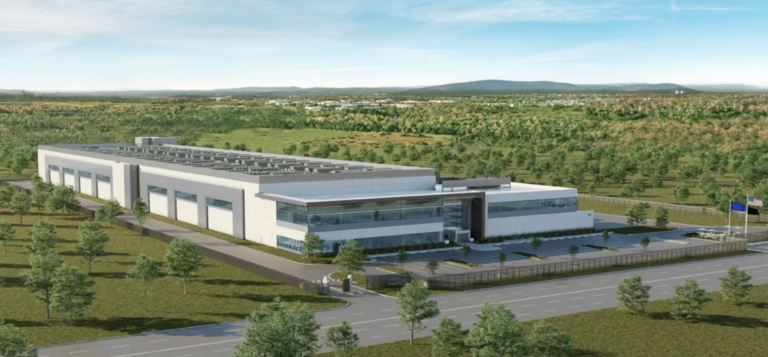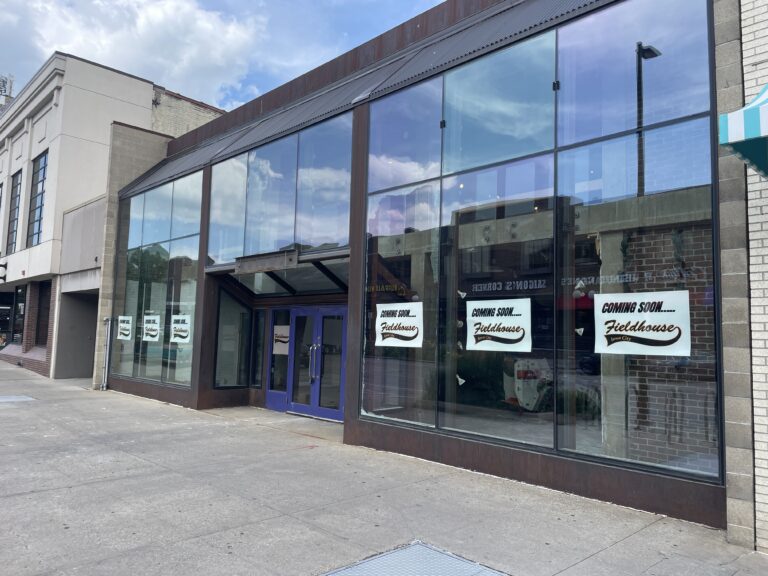Updated MedQuarter master plan sets course for future district improvements

A rendering of an open space concept at the corner of Fourth Avenue and Tenth Street SE is part of the updated master plan for the Cedar Rapids MedQuarter Regional Medical District. CREDIT CEDAR RAPIDS MEDQUARTER
Leaders of Cedar Rapids’ MedQuarter Regional Medical District say their new, updated master plan can build on the successes of the district’s first decade by continuing the development of vacant properties, improving placemaking and wayfinding features and improving the area’s aesthetic appeal to attract and retain visitors.
And while the Cedar Rapids City Council voted unanimously April 9 to adopt the expansive new MedQuarter master plan, several council members are…

Want to Read More?
Get immediate, unlimited access to all subscriber content and much more.
Learn more in our subscriber FAQ.
Do you want to read and share this article without a paywall?








